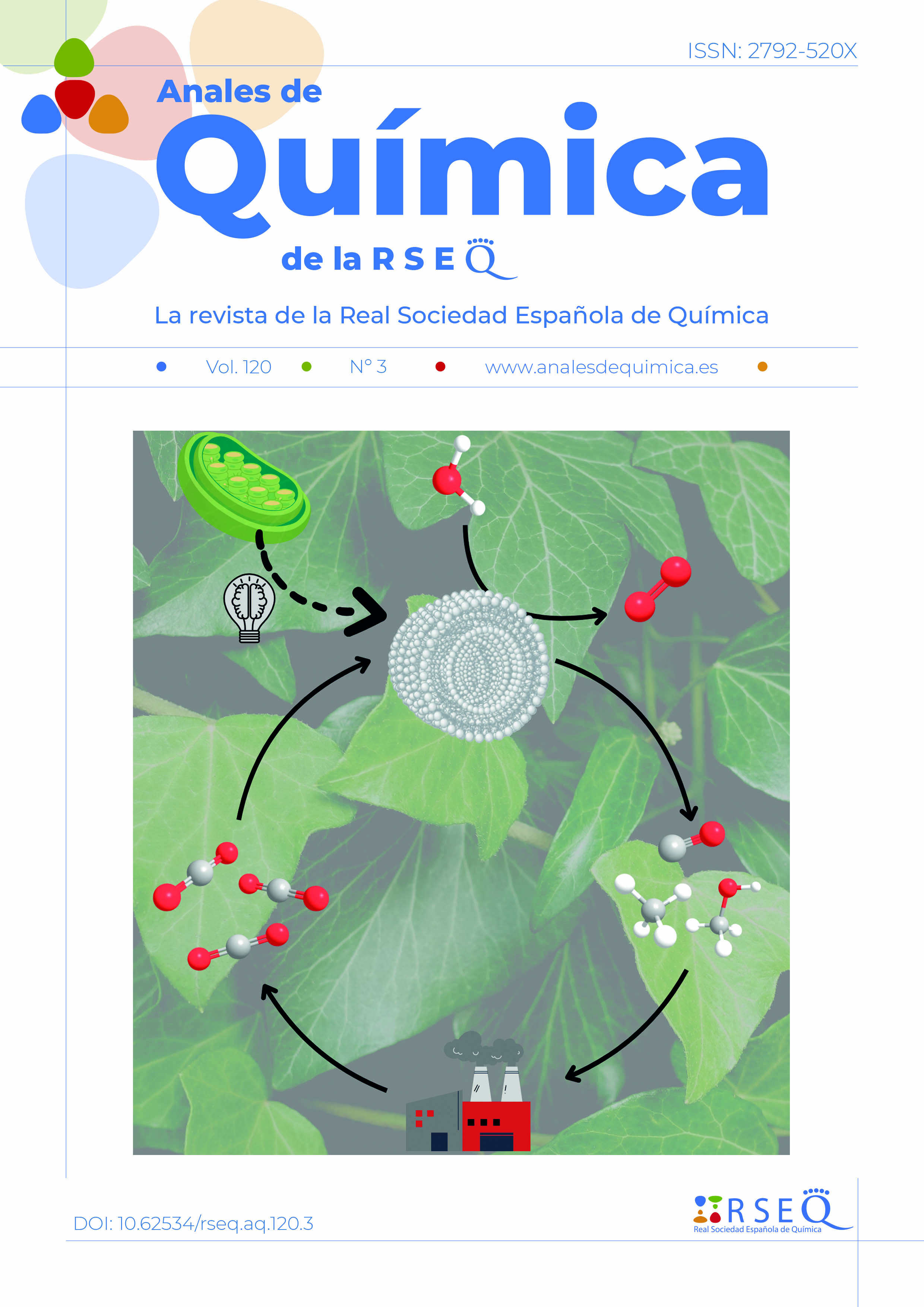Resumen
En los últimos años, los videos cortos verticales de hasta un minuto se han vuelto populares. Estos formatos ofrecen a los comunicadores científicos una manera de llegar a audiencias más jóvenes, que son diferentes de los usuarios de otras redes sociales. Este estudio analiza las diferencias en la demografía de los usuarios (edad, género, origen), la retención de audiencia y el tiempo de visualización en TikTok y YouTube Shorts utilizando videos de los canales de Ponte Bata. Los resultados indican perfiles de usuarios similares en ambas plataformas con ligeras diferencias. Estas perspectivas ayudarán a comprender los diferentes patrones de consumo de contenido en TikTok y YouTube Shorts, haciendo que el contenido científico sea más accesible para una audiencia más amplia.
Citas
Algaba, A. Scripta Nova 2000, 69(17).
Amarasekara, I.; Grant, W.J. Exploring the YouTube science communication gender gap: A sentiment analysis. Public Understand. Sci. 2018, 28(1), 68-84. https://doi.org/10.1177/0963662518786654.
Boyd, D. M.; Ellison, N. B. Social Network Sites: Definition, History, and Scholarship. J. Comput.-Mediat. Commun. 2007, 13, 210-230. https://doi.org/10.1111/j.1083-6101.2007.00393.x.
Burns, T.W.; O'Connor, D.J.; Stocklmayer, S.M. Science Communication: A Contemporary Definition. Public Understand. Sci. 2003, 12(2), 183-202. https://doi.org/10.1177/09636625030122004.
Canal de CdeCiencia. YouTube, 2024. https://www.youtube.com/@CdeCiencia (consultado: 01/07/2024).
Canal de Date un Vlog. YouTube, 2024. https://www.youtube.com/channel/UCQX_MZRCaluNKxkywkLEgfA (consultado: 01/07/2024).
Canal de La Gata de Schrödinger. Youtube, 2024. https://www.youtube.com/c/LagatadeSchr%C3%B6dinger (consultado: 01/07/2024).
Canal de QuantumFracture, YouTube, 2024. https://www.youtube.com/channel/UCbdSYaPD-lr1kW27UJuk8Pw (consultado: 01/07/2024).
Cruzado Bautista, K.; Vite León, V.O. Scientific dissemination and TikTok: a systematic review of scientific literature in Web of Science. INTED2022 Proceedings 2022, 16th International Technology, Education and Development Conference, 7-8 March, 2022; pp. 8090-8095, https://doi.org/10.21125/inted.2022.2042.
Duran, J.; Soto, A. Canal de Reacciona Explota. YouTube, 2024. https://www.youtube.com/c/reaccionaexplota (consultado: 22/7/2024).
Gallardo-Camacho, J. Análisis del fenómeno Youtube en España: Relación con los espectadores y con los generadores de contenidos tradicionales. Revista Luciérnaga 2013, 5(9), 57-68.
Haran, B.; Poliakoff, M. How to measure the impact of chemistry on the small screen. Nat. Chem. 2011, 3, 180-182. https://doi.org/10.1038/nchem.990.
Morcillo, J.M.; Czurda, K.; Robertson-von Trotha, C.Y. Typologies of the popular science web video. JCOM 2016, 15(04), A02, https://doi.org/10.22323/2.15040202.
Muliadi, B. What The Rise Of TikTok Says About Generation Z. Forbes, 7 jul. 2020. https://www.forbes.com/sites/forbestechcouncil/2020/07/07/what-the-rise-of-tiktok-says-about-generation-z/?sh=4b84d94c6549 (consultado: 2/08/2022).
Núñez, R. Galileo, pionero de la divulgación científica. El País, 30 mar. 2010. https://elpais.com/sociedad/2010/03/30/actualidad/1269900010_850215.html (consultado: 01/07/2024).
Rein, B. Making Science Education More Accessible: A Case Study of TikTok’s Utility as a Science Communication Tool. Neuroscience 2023, 530, 192-200, https://doi.org/10.1016/j.neuroscience.2023.08.021.
Welbourne, D.J.; Grant, W.J. Science communication on YouTube: Factors that affect channel and video popularity. Public Underst. Sci. 2016, 25, 706-718, https://doi.org/10.1177/0963662515572068.
Zeng, J.; Schäfer, M.S.; Allgaier, J. Withdrawn: Reposting “till Albert Einstein is TikTok famous”: The Memetic Construction of Science on TikTok. Int. J. Commun. 2021, 15, 3216-3247, DOI https://doi.org/10.31219/osf.io/8tdvm.



